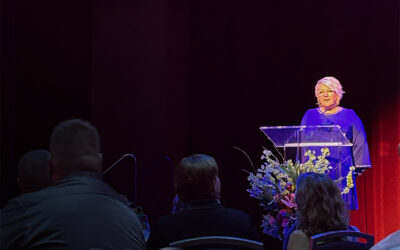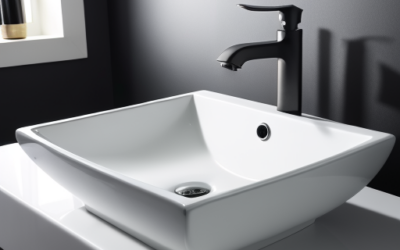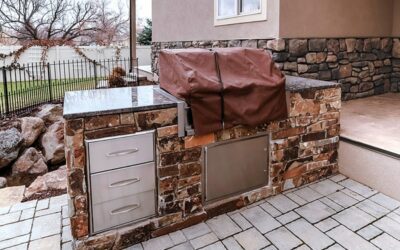Go the extra mile and help clients reduce water use – you can save them money and help protect the environment.
Bath
- Choose fixtures certified to meet WaterSense criteria, which offer a flow rate of 1.5 gallons per minute (gpm), compared to an industry standard of 2.2 gpm. WaterSense is a partnership program sponsored by the U.S. Environmental Protection Agency that aims to decrease indoor and outdoor water use through water-efficient products and simple, water-saving practices. All of Moen’s lavatory faucets are certified to meet WaterSense criteria.
- Replace 3.5 gallons per flush (gpf) toilets with newer 1.28 gpf models when remodeling an older home. The WaterSense certification is currently available for high-efficiency toilets as well as faucets. Toilets can use 28 percent of a home’s water according to some estimates.
- Consider dual-flush toilets. Users can conserve water by choosing a flush with less water for liquid waste.
- Read consumer reviews and choose toilets that consistently do the job with one flush. Be aware that higher price doesn’t always mean better performance.
- Showers can account for 20 percent of indoor water use. You can slash that percentage that by replacing each industry standard 2.5 gpm showerhead with a showerhead certified to meet WaterSense criteria such as Moen’s Envi™ Eco-Performance Rainshower. The Eco-Performance line includes 12 models, with flow rates of 1.75 or 2.0 gallons per minute (up to 30% less than the industry standard). Several of these showerheads feature Moen’s innovative Immersion® technology – a self-pressurizing system that increases the force and flow of water delivery.
- Consider products such as Moen’s ioDigital shower or vertical spa, which includes a water-saving setting that really earns its keep in the home bath.
- Add an aerator to mix air and water to reduce flow without cutting pressure, if you can’t replace the faucet. They’re easy to install. Aerators for the bath should have a rating of 1.0 gpm max.
 Photo Credit: Moen Incorporated Moen Envi™ Three Function Eco-Performance Showerhead |
 Photo Credit: Moen Incorporated Moen ioDigital™ Shower |
Kitchen
- Add faucet aerators (2.2 gpm rating is adequate) to existing kitchen faucets to conserve water without reducing pressure.
- Recommend ENERGY STAR®-qualified dishwashers, which use a third less water than non-qualified models.
- Suggest a dishwasher that does a good job cleaning, so the homeowner doesn’t have to pre-rinse dishes.
- Recommend refrigerators that dispense chilled water, which can eliminate the wasteful habit of running tap water to cool it before drinking.
Laundry
- Encourage homeowners not to buy a bigger clothes washer than they really need. Although water-saving front-loading clothes washers are the obvious choice, many people will buy a larger washer just to accommodate special situations (such as the two weeks the kids will be home from college).
Yard
- Recommend employing water-efficient landscaping practices such as planting drought-tolerant plant species and grouping together plants that need similar amounts of water.
- Suggest mulching trees and plants to help the soil retain moisture and reduce watering needs.
- Use as little fertilizer as possible – it can increase plants’ water consumption.
- Recommend “smart” sprinkler controls, which monitor soil moisture levels and water the lawn only when needed.
- Suggest sprinkler heads that throw large drops of water. Smaller droplets evaporate more before soaking into the ground.
- Put covers on swimming pools to reduce evaporation and the need to add water.
Don’t forget the infrastructure
- Install tankless water heaters. Whole-house models use less energy than a tank, and point-of-use models save water by heating it right under the sink, so there’s no need to run the tap while waiting for hot water to arrive.
- Insulate the water pipes. Everyone recommends this, but a surprising number of builders and remodelers don’t do follow this advice.



